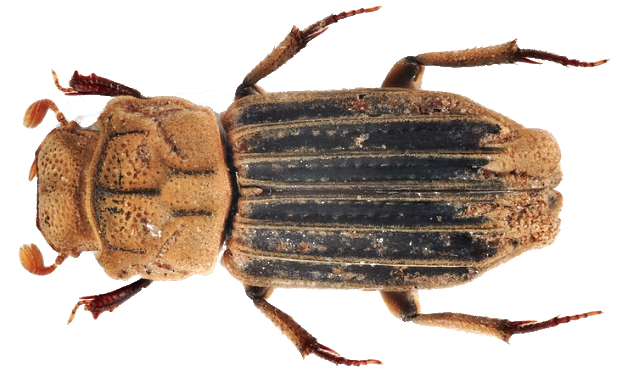Back in June of this year, I wrote about the human propensity for categorizing and naming things: All things–people, animals, tools, geographic entities, diseases, cars–you (*ahem*) name it!
As a biologist, though, my concern here is the naming of organisms, and owing to my own leanings, I shall generally focus on animal names in what is intended to be a series of posts.
Almost 300 years ago the Swedish naturalist Carl Linnaeus proposed a binomial (“two-name”) system for naming organisms (initially plants), which system has been globally accepted and adopted. Simply put, the name given to each species of living or extinct organism comprises two parts: a genus and a specific epithet. The former is always capitalized; the latter, never, even when it’s a proper noun, as we shall see.
Thus, any organism reading this is a member of–in all likelihood–the genus Homo…and in particular is a member of the species Homo sapiens.
Of course, people being people, we made rules about such names–first and foremost being that all such names shall be either of Latin or Greek origin…or at the very least “Greek- or Latinized,” i.e. having Latin or Greek endings. By international agreement only the Roman alphabet is used. Furthermore, everything being appropriately “-ized,” the names of all species are therefore treated as foreign terms and set in italics accordingly.
So, the name of our own species comes from directly from the Latin words “Homo” for “man,” and “sapiens” (its being the present participle of the Latin verb sapere, translated as “to be wise”), and neither term required any Latinization.
Naturally, though, many things have been named in a manner that takes liberties with the “-ized” rule, so e.g. we have the dung beetle genus “Cartwrightia” erected by Federico Islas Salas*👇 to honor one Oscar Cartwright (note the “-ia” Latinizing his surname); Old Oscar himself later named a new species of Cartwrightia for his brother, Raymond, so we have the species Cartwrightia cartwrighti (the “-i” simultaneously Latinizing the name and indicating that it’s named in honor of someone, in this case that someone having the same surname, of course).

Photo by Showtaro Kakizoe: https://www.flickr.com/photos/155674919@N03/49788757946/in/pool-lamellicornia/
Making this name more fun (Ha! As if that were even possible!) is that for scientific publication the name of the original author of a species and the year of its description are listed after the binomial, so I should have written “Homo sapiens Linnaeus, 1758,” and, for our dung beetle we get (you ready?):
So, there’s the basic structure of scientific names. Next time, we’ll discuss a few other organisms that have been given um… “unusual” names!
*👆 Islas erected the genus Cartwrightia in 1958, and he named its first–and therefore defining–species “Cartwrightia intertribalis Islas, 1958).”
